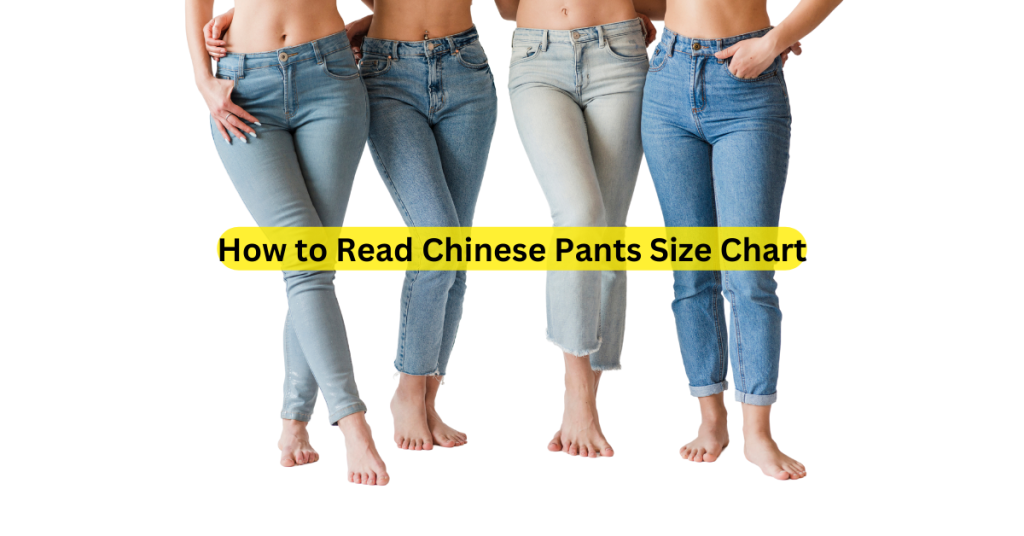When it comes to choosing a mattress, one of the most common debates is between memory foam and spring mattresses. Both types offer unique benefits, and selecting the right one depends largely on your specific needs, preferences, and sleeping habits. We will explore the key differences between memory foam and spring mattresses, weigh their pros and cons, and help you determine which type is best suited for your sleeping comfort.
1. The Importance of Choosing the Right Mattress
The mattress you sleep on has a significant impact on your quality of sleep. After all, sleep is essential for both physical and mental health. With so many options available on the market today, choosing the right mattress can be overwhelming. Among the most popular choices are memory foam and spring mattresses. Each offers a distinct set of advantages that cater to different preferences and sleep needs.
Before you make your decision, it’s important to understand the differences between these two types of mattresses, and which one will provide you with the comfort and support you need for a restful night.
2. What is a Memory Foam Mattress?
Memory foam mattresses are made from viscoelastic foam, which was originally developed by NASA in the 1960s to help cushion astronauts during space travel. The foam contours to your body’s shape by responding to your weight and heat, offering excellent pressure relief. Memory foam mattresses are known for their ability to cradle your body and alleviate pressure points, which makes them an excellent choice for individuals with joint pain or chronic back problems.
There are different types of memory foam, such as traditional, gel-infused, and plant-based, each offering slightly different properties. For instance, gel-infused memory foam tends to be cooler than traditional memory foam, making it a better option for hot sleepers.
3. What is a Spring Mattress?
A spring mattress, also known as an innerspring mattress, features a system of coils or springs that provide support and bounce. These springs are often arranged in different ways, such as a continuous coil system, a pocketed coil system, or an offset coil system. The number of coils, the coil gauge, and the arrangement all contribute to the mattress’s overall firmness and durability.
Innerspring mattresses are often considered more traditional and have been around for decades. They are known for offering good support, particularly for individuals who prefer a firmer sleeping surface.
4. Memory Foam Mattress vs. Spring Mattress: Key Differences
To make an informed decision, it’s important to compare the two types of mattresses across several categories. Here’s a detailed breakdown of how they differ:
| Feature | Memory Foam Mattress | Spring Mattress |
|---|---|---|
| Comfort and Support | Offers excellent contouring support that relieves pressure points. Ideal for side sleepers or those with joint pain. | Provides more bounce and support, making it suitable for back and stomach sleepers. |
| Durability | Memory foam tends to last longer but can develop body impressions over time. | Innerspring mattresses can lose their shape and firmness faster, especially if they have lower-quality coils. |
| Motion Isolation | Excellent motion isolation, so movements from a partner are less noticeable. | Poor motion isolation. Movements from a partner can be easily felt across the mattress. |
| Temperature Regulation | Traditional memory foam can retain heat, but newer gel-infused versions offer better cooling. | Generally, spring mattresses allow for more airflow and tend to sleep cooler than memory foam. |
| Price | Memory foam mattresses tend to be more expensive, especially high-quality or specialty models. | Spring mattresses are often more affordable, especially if they have basic construction. |
| Noise | Silent, as memory foam absorbs sound. | Can be noisy, particularly with low-quality springs that squeak or creak. |
5. Pros and Cons of Memory Foam Mattresses
Pros:
- Pressure Relief: Memory foam excels at relieving pressure points, which can be particularly beneficial for people with back or joint pain.
- Motion Isolation: The foam absorbs movement, making it a great choice for couples or anyone who shares their bed with a partner.
- Hypoallergenic: Many memory foam mattresses are resistant to dust mites and other allergens, which can be a major benefit for allergy sufferers.
- Conforming Fit: Memory foam contours to your body shape, offering personalized support that can help improve sleep posture.
Cons:
- Heat Retention: Traditional memory foam can retain heat, making it uncomfortable for hot sleepers. However, this can be mitigated with gel-infused foam or breathable covers.
- Initial Odor: New memory foam mattresses often have a chemical smell, which can take a few days to dissipate.
- Firmness Variation: Some people may find memory foam mattresses too soft or may not like the “sinking” feeling when they lie down.
6. Pros and Cons of Spring Mattresses
Pros:
- Affordability: Spring mattresses are often more affordable than memory foam options, particularly entry-level models.
- Bounce and Support: They provide good bounce and a more traditional “sleeping on top” feeling, which many people prefer.
- Cooler Sleep: The space between the coils allows for better air circulation, preventing heat buildup and making it a good option for hot sleepers.
- Variety: There are various types of spring mattresses available, including pocketed coils and hybrid mattresses, giving consumers a wide range of choices.
Cons:
- Motion Transfer: Spring mattresses tend to transmit motion more than memory foam, which can be disruptive if you share a bed with a partner.
- Pressure Points: They may not conform to your body as well as memory foam, which can lead to pressure points for side sleepers.
- Noise: Some spring mattresses can be noisy when you move, particularly cheaper models with lower-quality coils.
- Durability: Innerspring mattresses may lose their shape and firmness over time, especially if the springs are of low quality.
7. Memory Foam vs. Spring Mattress: Which is Best for You?
The decision between a memory foam and a spring mattress largely depends on your personal preferences and specific needs. Here are some factors to consider:
- For pressure relief and contouring support: If you suffer from joint pain or back issues, a memory foam mattress may be the best choice due to its ability to conform to your body shape and relieve pressure points.
- For motion isolation: If you share your bed with a partner, a memory foam mattress can help reduce disturbances from movements, ensuring both of you can sleep more soundly.
- For cooler sleep: If you sleep hot, a spring mattress may be a better option due to the increased airflow around the coils. However, if you prefer memory foam, consider choosing one with cooling features like gel-infused foam.
- For a traditional feel and bounce: If you like the feeling of sleeping on top of the mattress with a bit of bounce, a spring mattress may be more to your liking.
- For budget-conscious buyers: Spring mattresses are typically more affordable, particularly if you’re looking for a basic model.
8. Frequently Asked Questions
1. Can a memory foam mattress cause back pain? No, memory foam mattresses are generally designed to provide excellent support for your spine. However, if the mattress is too firm or too soft for your body type, it may cause discomfort.
2. Are spring mattresses good for side sleepers? Spring mattresses may not provide the same pressure relief as memory foam, which can make them less ideal for side sleepers. However, higher-end pocketed coil mattresses may provide a better experience for side sleepers.
3. Do memory foam mattresses smell? Yes, new memory foam mattresses often have a chemical smell. However, this odor usually dissipates within a few days.
4. Can a spring mattress last longer than a memory foam mattress? Generally, memory foam mattresses tend to last longer due to their solid construction. However, high-quality spring mattresses can still last many years, depending on the coil system and materials used.
5. Is a hybrid mattress a better option? Hybrid mattresses combine memory foam with spring coils, offering the benefits of both types. They are a great option for people who want the pressure relief of memory foam and the bounce of coils.
6. Are spring mattresses noisy? Spring mattresses, especially older models with low-quality springs, can sometimes be noisy. However, modern pocketed coil mattresses tend to be much quieter.
7. How do I know if I need a soft or firm mattress? It depends on your sleeping position. Side sleepers often benefit from softer mattresses that cushion pressure points, while back and stomach sleepers typically prefer firmer mattresses for better support.
8. Can memory foam cause overheating? Memory foam can retain heat, especially traditional models. However, gel-infused memory foam and breathable covers can help regulate temperature.
9. Are there any health benefits to using a memory foam mattress? Yes, memory foam can reduce pressure points, improve spinal alignment, and enhance sleep quality. It’s particularly beneficial for individuals with chronic pain conditions.
10. Which mattress type is best for couples? Memory foam mattresses are generally better for couples due to their superior motion isolation. However, a hybrid mattress with pocketed coils can also provide good support and motion isolation.
9. Conclusion
Choosing between a memory foam and spring mattress ultimately comes down to personal preference and specific needs. Memory foam offers superior pressure relief, motion isolation, and a contoured fit, making it ideal for those with pain issues or who sleep with a partner. On the other hand, spring mattresses are more affordable, cooler, and offer a traditional feel with bounce, making them a great choice for those on a budget or who prefer a firmer surface.
By carefully considering the factors that matter most to you—such as comfort, support, durability, and price—you can make a more informed decision about which mattress type will offer you the best sleep experience.





